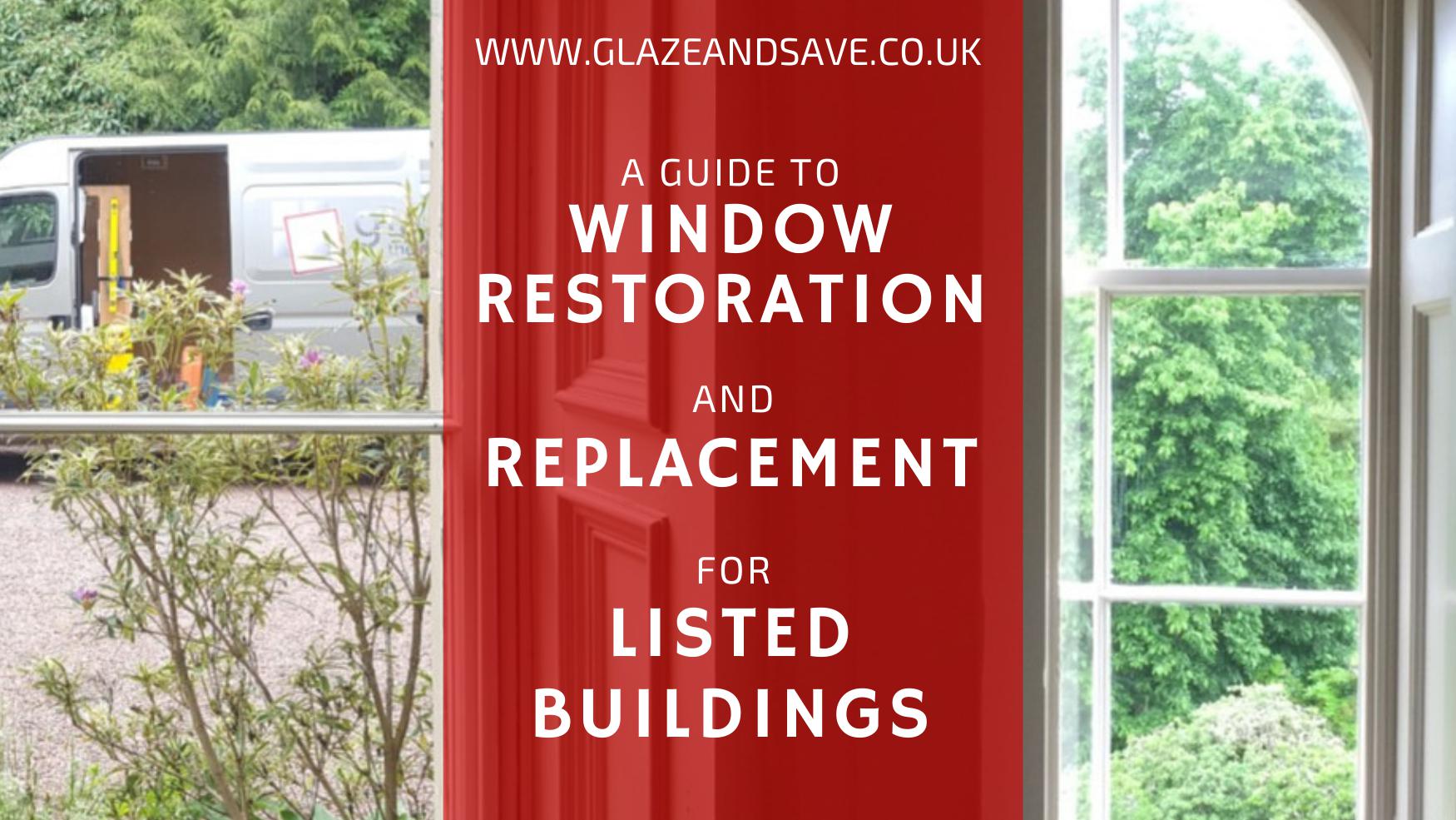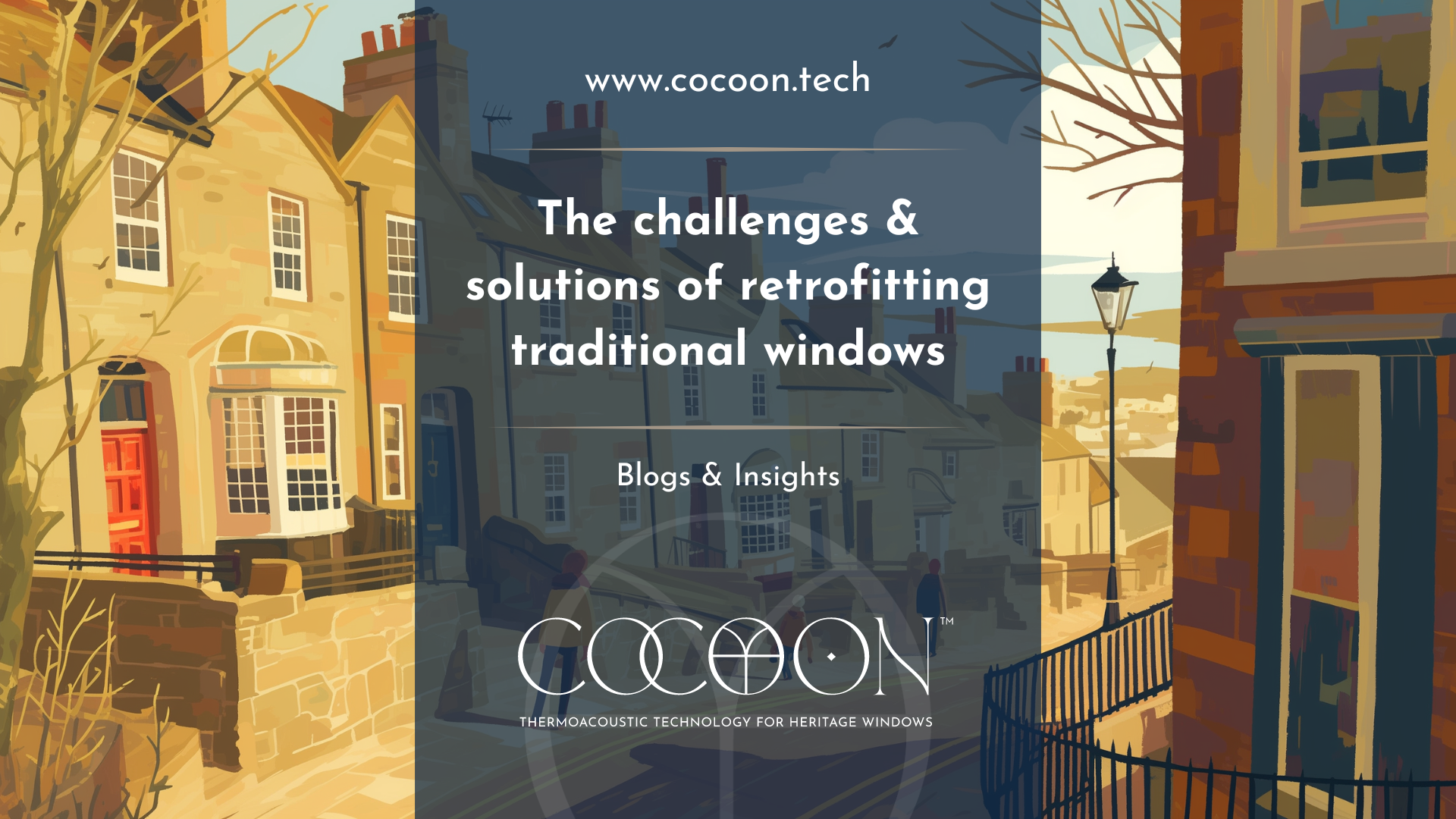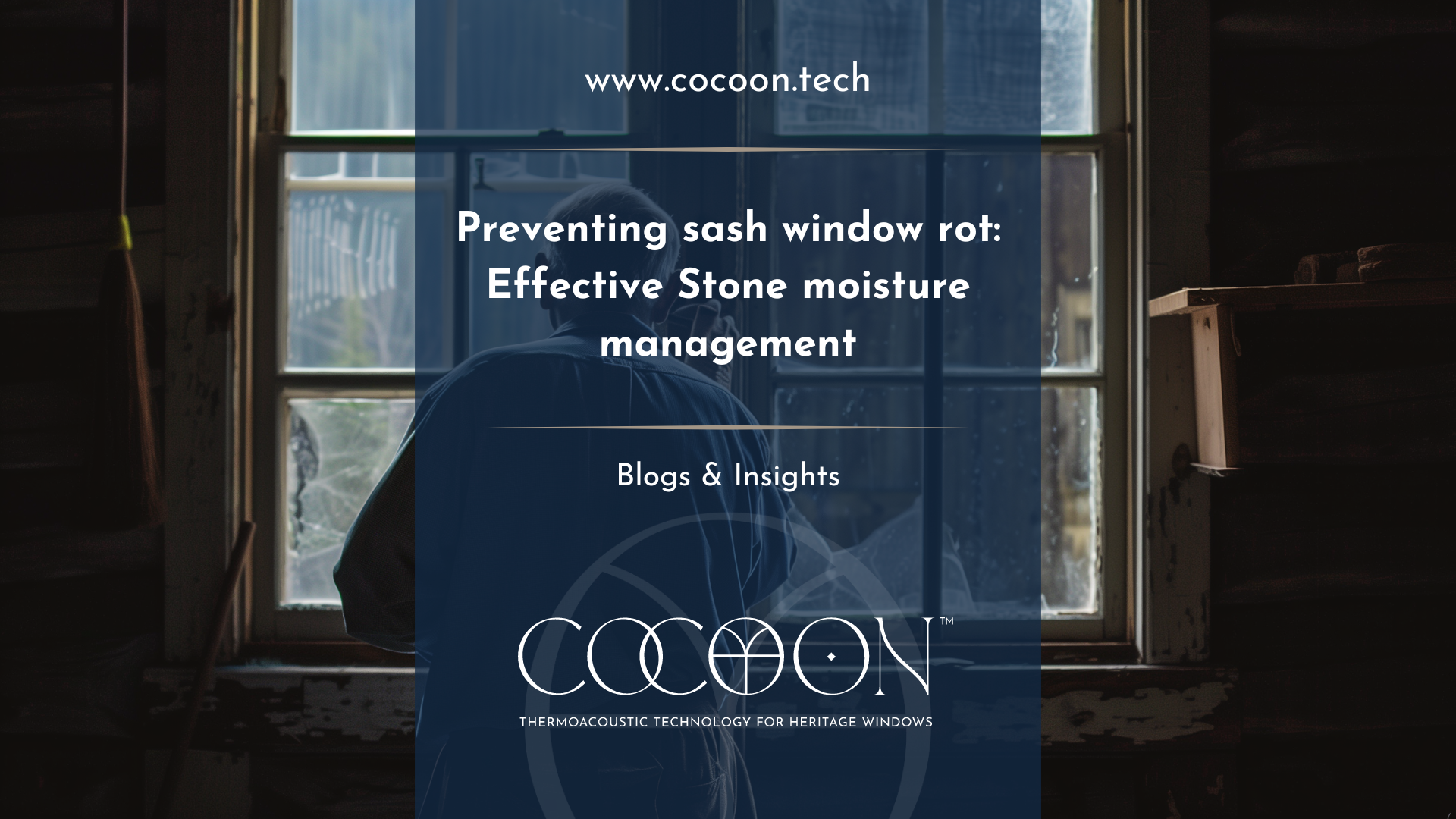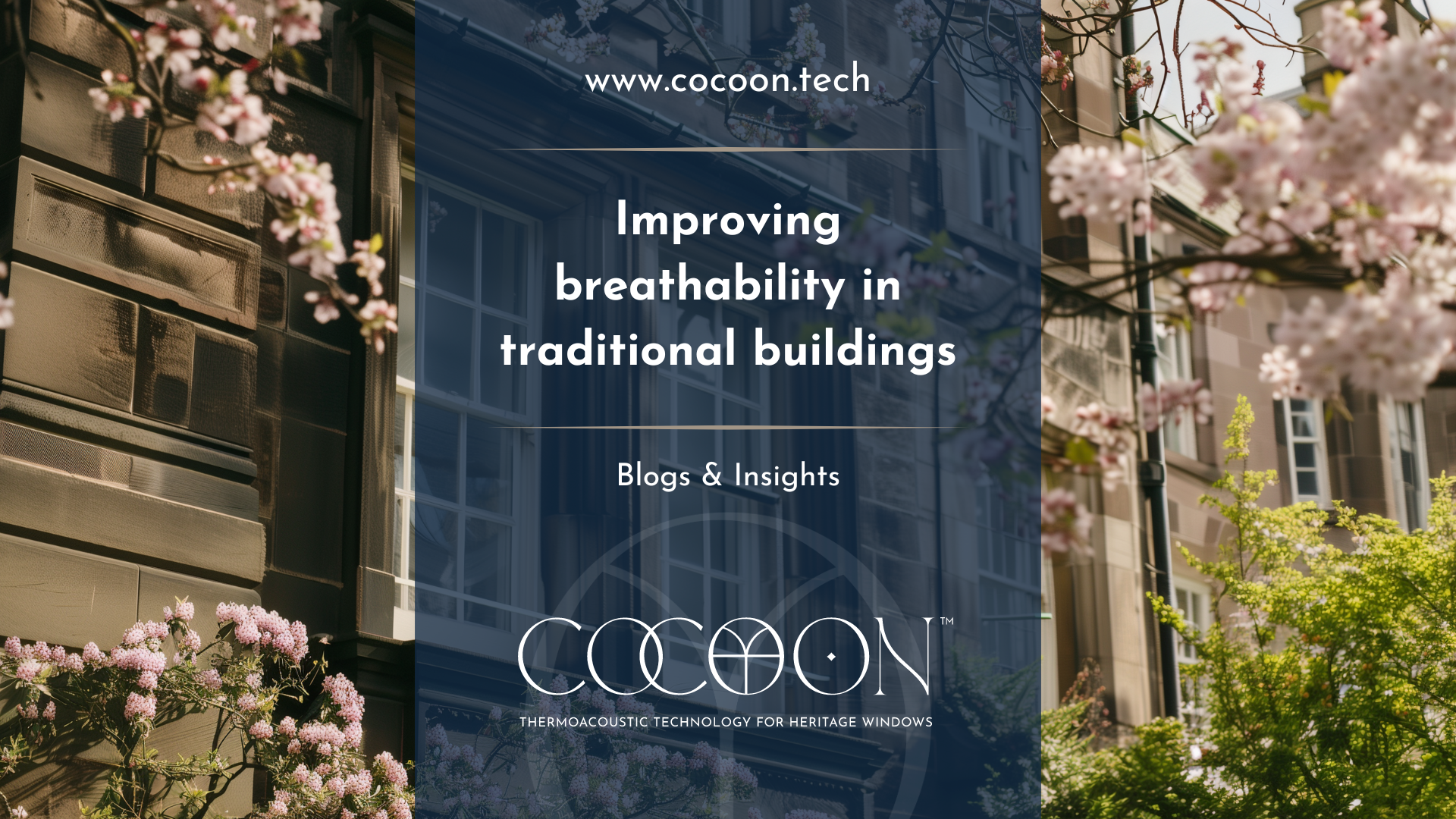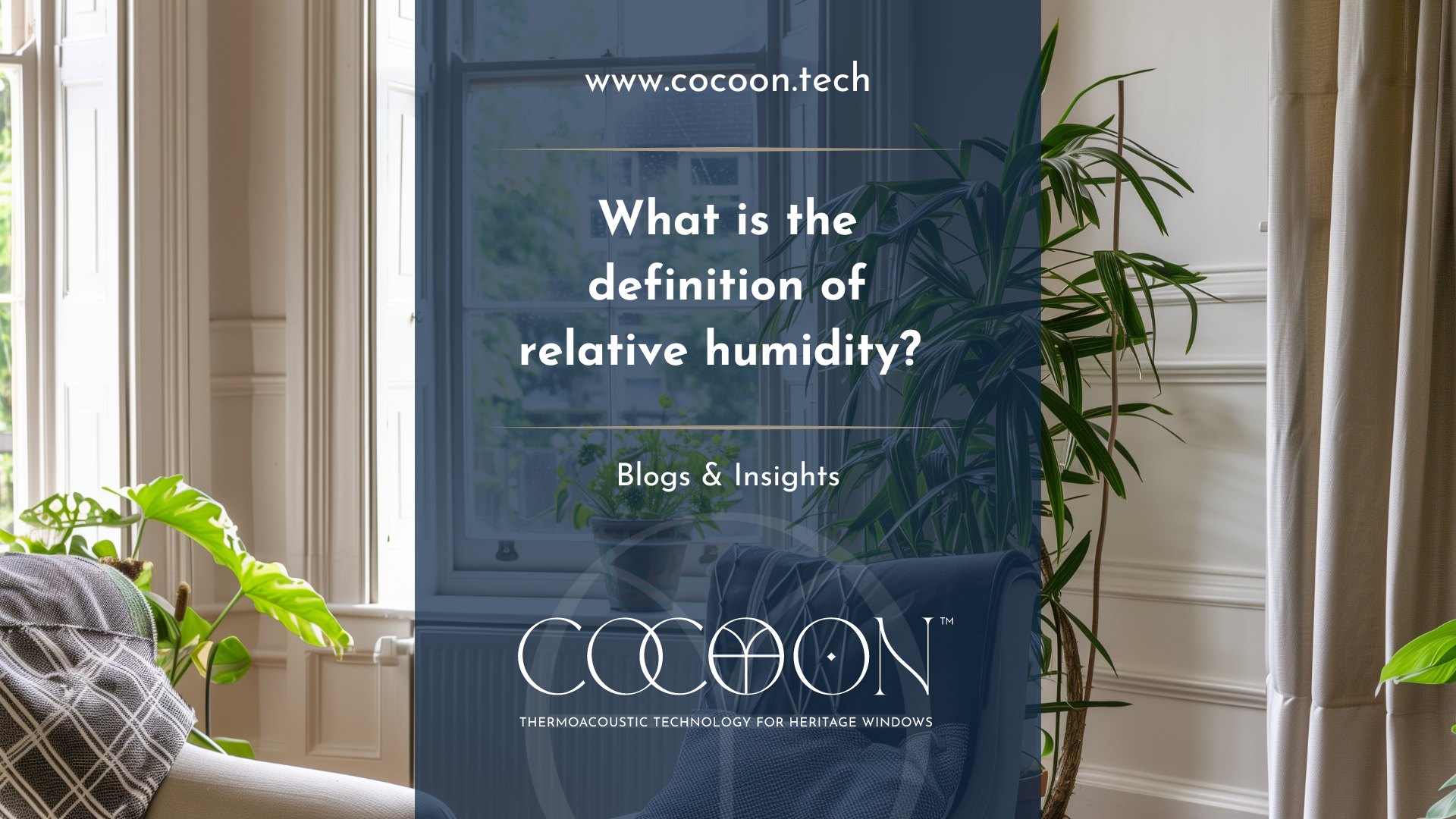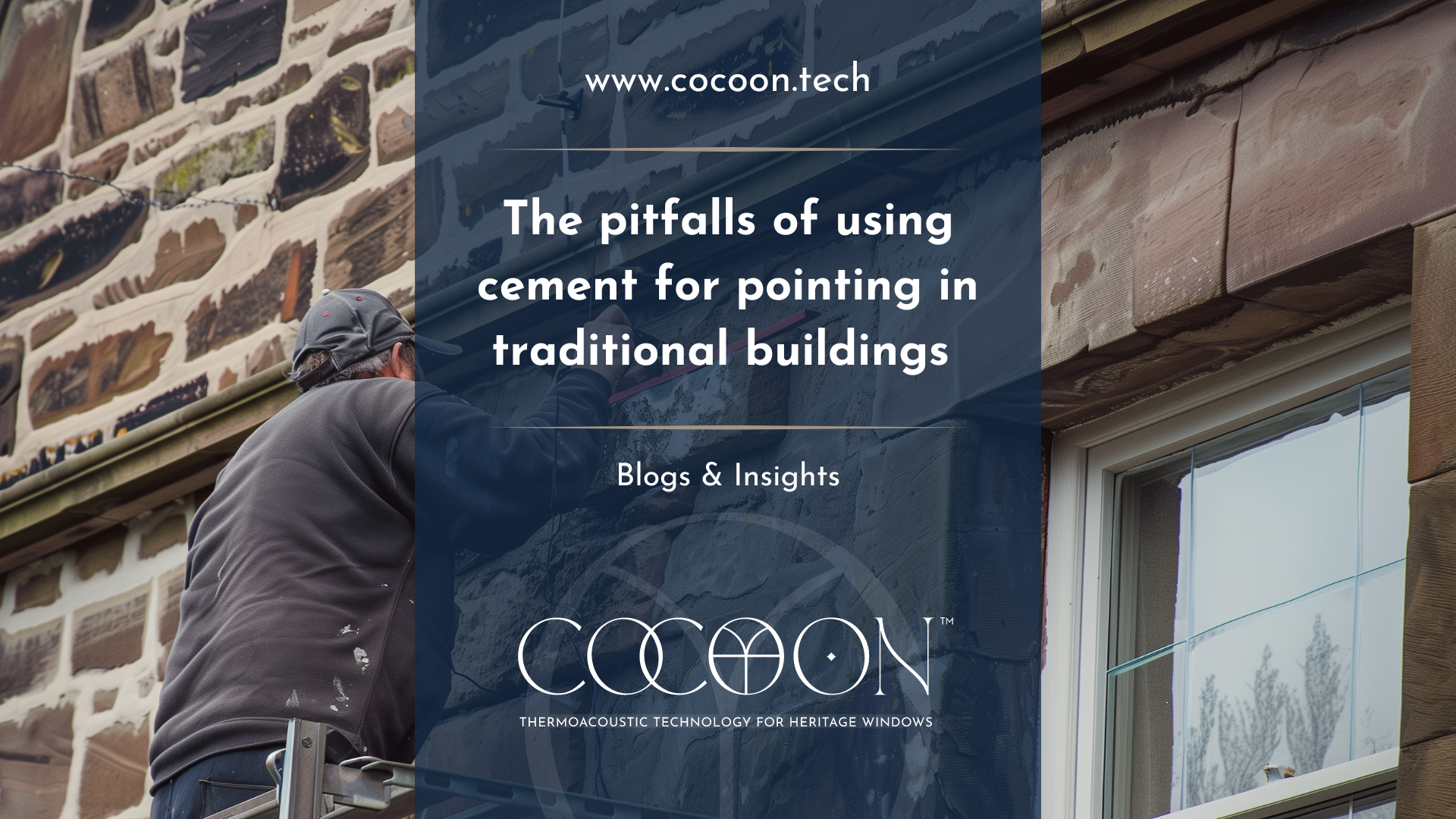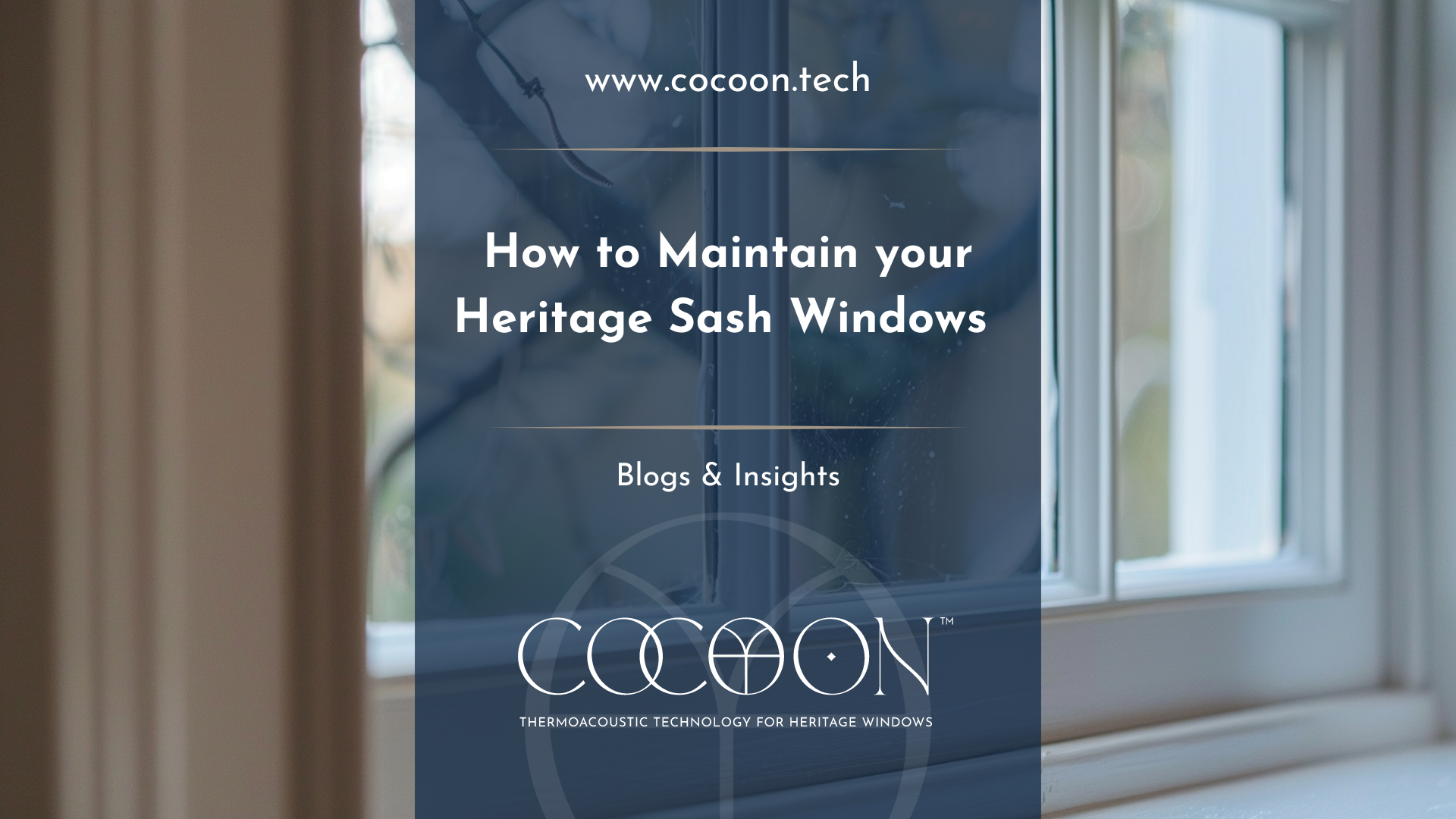Window Restoration in Listed Buildings | Glaze & Save
Living in a listed building can be both a privilege and a
joy to the occupants; whether it be for a passion for preserving built heritage
or simply the enjoyment of living in beautiful surroundings. However, ownership
and management of listed buildings comes with responsibilities, some of which
can feel unnecessarily constraining as evermore hi tech solutions and additions
are developed for our homes but may not necessarily be appropriate for listed
buildings.
In no area of the home is this more true than with windows. The windows in listed buildings can be something of a mine field, where frustrated home owners may feel they are forced to choose between the building conservation and efficiency. That’s why we’ve decided to put together this short guide to renovation and replacement of windows in listed buildings, along with looking at other window options for the listed building owner to give you the information you need to make an informed decision about your windows.
Listing & Legislation
While 1882 saw the first legislation protecting historic buildings come into play in the UK, Scotland did not begin listing buildings in earnest until after 1945 , with a vast number of listed buildings being listed by the 1970s. A listed building in the United Kingdom is a building which has been placed on the Statutory List of Buildings of Special Architectural or Historic Interest. There are just under 500,000 buildings in the UK to which this applies. The relevant Scottish legislation is the Planning (Listed Buildings and Conservation Areas) (Scotland) Act 1997.
Although every council area will have different guidelines and rules regarding the specific treatment of listed buildings in their council area, generally listed building status means that the building may not be demolished, extended or altered without special permission from the local planning authority (who typically consult the relevant central government agency, particularly for significant alterations to the more notable listed buildings). Exemption is provided for some church buildings in current use for worship, although in such cases the church organisation operates its own permissions procedure.
In Scotland, there are three categories of listing :
· Category A: Buildings of national or international importance, either architectural or historic, or fine little-altered examples of some particular period, style or building type;
· Category B: Buildings of regional or more than local importance, or major examples of some particular period, style or building type which may have been altered;
· Category C: Buildings of local importance, lesser examples of any period, style, or building type, as originally constructed or moderately altered; and simple traditional buildings which group well with others in categories A and B.
The extent to which you can amend or alter your listed building will depend on your local planning department and/or conservation office guidelines, as well as the category of listing that your building falls into.
Restoration
According to Historic England , historic windows of interest should be retained wherever possible using careful matching repair, with complete replacement being a rare last resort.
Generally, in relation to Category B listed buildings , the following restoration work can be carried out. However it is important to always check with your local authority planning department before proceeding with any work on a listed building.
· Existing windows can ordinarily be draught proofed, however be aware of draught proofing that involves invasive treatments such as routering out the frame to install brushes;
· Existing window frames can usually be repaired, depending on the nature and extent of the repair;
· Replacement single glazing is often permitted, where glazing is of a similar thickness to the existing glass.
· Installation of internal ironmongery for security is usually permitted.
Replacement
Replacement of original windows should really be seen as a last resort, and naturally, conservation bodies are often keen to avoid the unnecessary replacement of original widows at all costs. This is due to a number of factors:
· Replacement complete new windows will require planning permission;
· If planning permission is granted, the replacement windows will usually need to be on a like for like basis, which is extremely expensive and utilises slim profile double glazing units, which have been called into question by prominent figures in the fenestration industry for being mis-sold and failing to meet European Union safety standards;
· Opting for replacement windows creates waste and destroys built heritage;
· Replacement windows may cause structural issues to the property.
Replacing original windows in a listed building will usually always require listed building consent, and will require to be “like for like”.
Secondary Glazing
Secondary glazing is a great option for those who want to, or have no choice but to, keep their original windows. Historic England defines secondary glazing as thus :
Secondary glazing is a fully independent window system installed to the room side of existing windows. The original windows remain in position in their original unaltered form…Fixed forms of secondary glazing are designed to be removed in warmer months when the thermal benefits are not required.
Our blog post “ 5 Top Tips for Installing Secondary Glazing in Listed Buildings ” gives some great information and advice in greater detail, but perhaps the most important aspect of installing secondary glazing in a listed building (aside from clarifying with your local planning department whether you require planning permission) is to ensure that your secondary glazing choice works with your existing aesthetics and surroundings while solving all of the problems that you experience with the windows in your home.
Living in a listed building can mean that the interior of the building is also protected, and therefore any secondary glazing option you choose not only needs to be discrete, but also works with any original shutters and ironmongery. These aesthetic considerations need to be balanced with performance.
Living or working in a listed building often comes with a barrage of unique problems relating to the windows: freezing cold in the winter, roasting hot in the summer, uncomfortable draughts and even the concern that the sun’s glare will fade furnishings, artworks and artifacts in your property. The initial low cost of glass secondary glazing can be quickly negated if you have several issues that you want to address: add safety glass, UV protection and enhanced thermal efficiency to a basic glass secondary glazing product and all of a sudden it looks much less cost effective.
So if you have multiple issues, make sure you consider secondary glazing that addresses all of those issues. We like to call InvisiTherm™ the “all in one window solution” because the unique polycarbonate tackles noise, thermal efficiency, UV protection, fading, draughts and condensation, all as standard and while being completely fire retardant.
Further Advice
Further advice on the restoration, repair and replacement of original windows in listed buildings and conservation can be found at Historic Environment Scotland.

